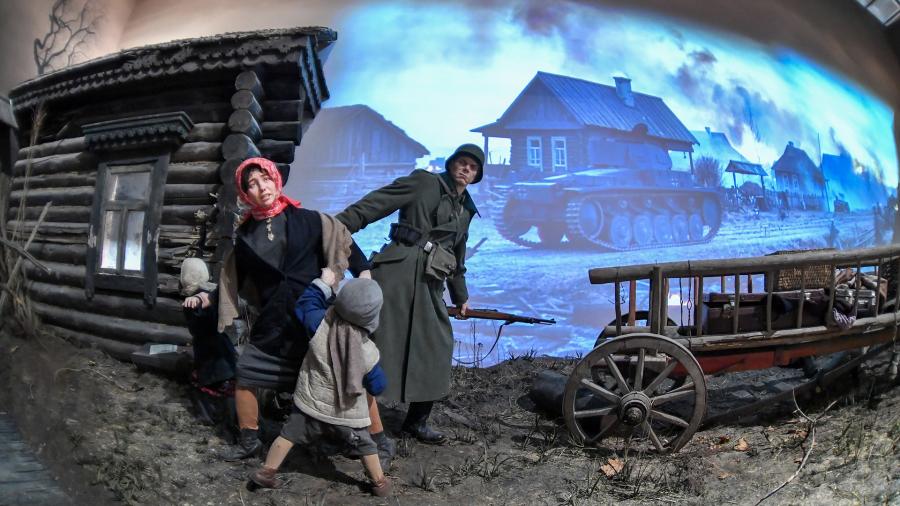
The Armenian Foreign Ministry has responded to the statement of the representative of the Azerbaijani Foreign Ministry. The Department of Media and Public Diplomacy of the Armenian Foreign Ministry believes that Azerbaijan is making false territorial and historical claims against Armenia. “As for the historical claims made to Armenia by the spokesperson of the Ministry of Foreign Affairs of Azerbaijan, it is difficult for us to comprehend Azerbaijan’s criteria on defining anything “historical”. We have to remind once again that history can never be the strong side of a country whose geographical and political name has only a century-old history, and the name of Azerbaijani is even more recent. Before accusing Armenia of revanchism, Azerbaijan should explain to the international community what the purpose of Baku’s “war trophies park” is, which is nothing but a shameful “monument” of revanchism and hatred,” the Armenian Foreign Ministry said.
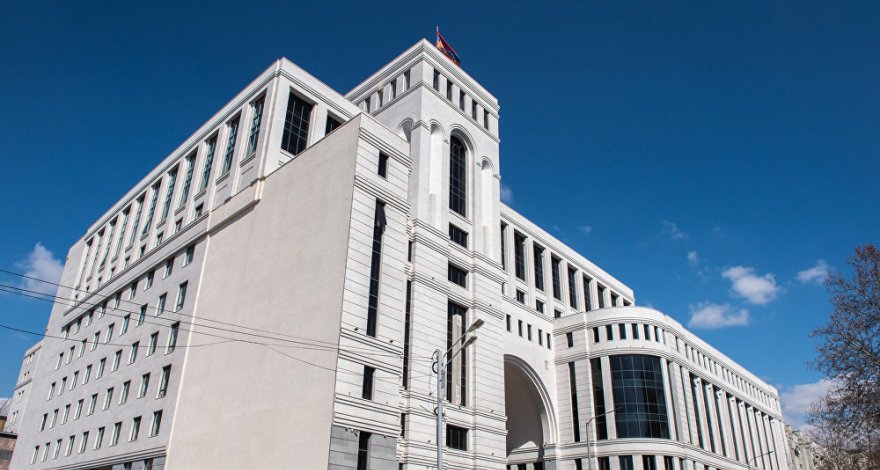
To begin with, let’s cite the opinion of the Azerbaijani historian, doctor of sciences and leading researcher at the Institute of History named after A.A. Bakikhanov of the Azerbaijan National Academy of Sciences Ilgar Niftaliyev.
Speaking about the constant references of Armenians to their antiquity and attempts to use history to justify territorial claims to Azerbaijan, he noted that today's national states are a product of the New Age of human history.
Until 1918, the toponym "Azerbaijan" had physical and geographical significance. This term has gone through several stages in its development. The beginning of this process coincided with the emergence in the south and north of the country of the ancient states - Atropatena and Albania. At the same time, the process of the formation of the Azerbaijani people began, which was finally completed already during the massive influx of new Turkic tribes into Azerbaijan during the Seljuk and Mongol conquests.
British Consul General in Persia Keith Abbott reported in 1863 that "the country known to the Persians as Azerbaijan is divided between them and Russia, with the latter accounting for about five-eighths of the total area, which roughly covers an area of about 80,000 square miles. or roughly the size of Great Britain, so 50,000 square miles is the length of the part that belongs to Russia, and 30,000 square miles is the length of the part that remains with Persia. "
According to historians, Azerbaijan is one of the most ancient centers of world civilization. The ancient ethnic groups that took part in the formation of the Azerbaijani people played an important role in the creation of the ancient cultural environment that emerged in this region, including in the formation of the Sumerian-Babylonian culture, as well as in the general military-political life of the Near and Middle East. This historical reality is very clearly confirmed by scientific research carried out in Azerbaijan and abroad, and in particular by archaeological excavations.
The people of Azerbaijan have approximately 5,000 years of statehood history. The first state formations or ethnopolitical associations on the territory of Azerbaijan were formed in the Urmia basin as early as the end of the 4th - beginning of the 3rd millennium BC. The earliest states that emerged here played an important role in the military and political history of the entire region. During this period, there were close relations of Azerbaijan with the Sumerian-Akkadian states and Assyria, located in the valleys of the Tigris and Euphrates and leaving a deep mark in world history, as well as with the Hittite state in Asia Minor.
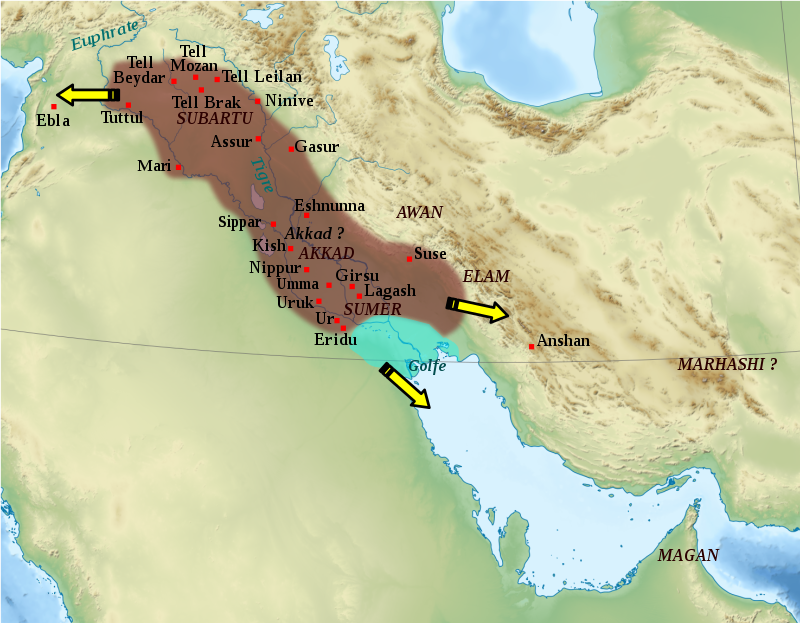
The most ancient states of Azerbaijan were following active foreign policies and successfully defended their lands from foreign invaders. One of the ancient tribes of Azerbaijan – Guti even defeated their strong neighbor-Akkad state and expanded their borders to the Iranian plateau and ruled these areas for nearly one hundred years. Along with making use of the state organization rules of Akkads and Shumers, whom they subdued, they also spread the advanced state organization culture of ancient Azerbaijan to these countries.
The first mention of Azerbaijan dates back to the 8th century BC, which is indicated with reference to more ancient sources in the Syrian chronicle "History of Karhi de Bet Selokh", dated to the 6th century A.D.

Nina Pigulevskaya
This source is cited by the famous Soviet orientalist Nina Pigulevskaya. The "History of Karhi de Bet Selokh" mentions the country of Adorbaigan and notes that it was known about it as early as the 8th century BC, and the ethnonym Adurbad (Adorbaigan, Azerbaijan) is related to the name of the Median king Arbak:
“When the end of the kingdom of Asura (Assyria - ed.) came and the Assyrian power weakened by the judgment of God, he built (after the victory of Alexander the Great over the ruler of the Achaemenid state Darius III (336 - 330 BC)
a fortress wall Arbak, i.e. Adurbad in the kingdom of the Medes, named after him by the land of Adorbaigan. " So, the correct name of the Median ruler is Adurbad (not Atropat), and the name of his country is Adorbaigan (and not Atropatena).
Strabo wrote: “On the land of Azarbaigan, a commander named Aturpat appeared, who saved this country, which is a part of Media and called Small Media. In his honor, this country began to be called "Aturpatakan". (Collection of works by A. Kasravi Tabrizi). Consequently, Azarbaigan - Azerbaijan is an ancient toponym rooted in the distant past, and the name Atropatena was given to it much later.
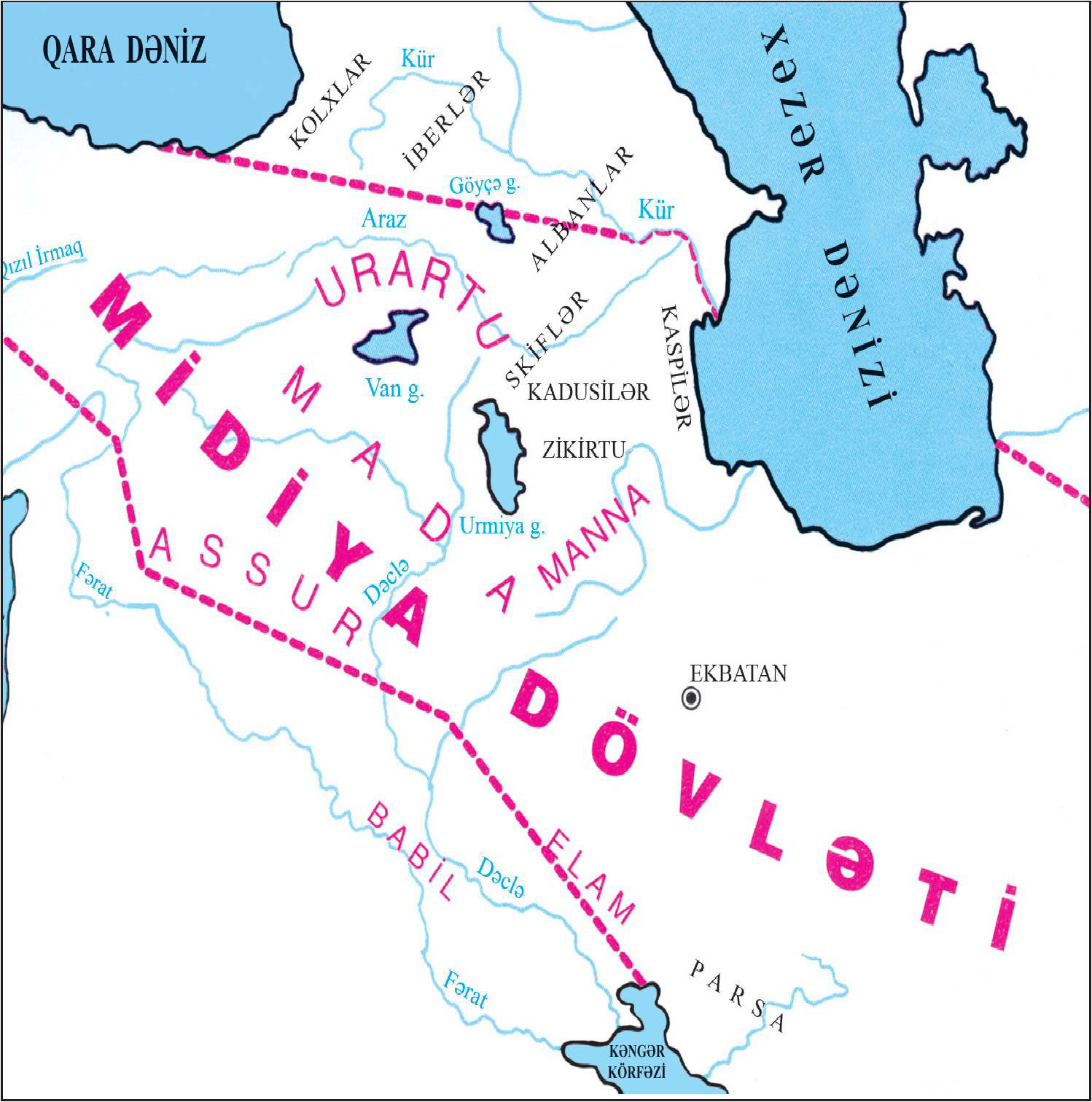
As can be learned from another source, the word "Azerbaijan" as a geographical name appeared over 2,000 years ago. Some scholars suggest that it was borrowed from the word "Andarpatianu" (fortress, territory), which was used in Ashurian sources.
Some sources, including "Jameh at-Tavarih" by Fazullah Rashidaddin, associate the appearance of the name "Azerbaijan" with a mythical person, which was Oguz Khan. F.Khamadani writes: “Oguz khan released his horses to the picturesque pastures at the top. While there, he ordered everyone to bring a bag of earth and pour it into one place to build a hill. First, he brought the earth in his sack and poured it in. All the fighters, following his example, brought and poured bags of earth. A large hill was formed, which was named "Azerbaijan". By the way, from the Turkish language, the word "azer" is translated as "high", and "baigan" means a place belonging to elder and more wealthy people.
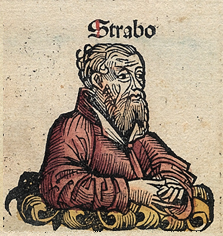
In the west, the "Geography" of Strabo, in which there is a mention of ancient Azerbaijan, is considered the main theory of the origin of the name Azerbaijan. Subsequently, during the Arshakid period, this name acquired the form Aturpatkan, and then, having undergone various phonetic changes, it was modified into Aturpatakan, Azerbaiganen, Azerbaigan, Azerbaidgan, Azerbazgan, Azerbidjan and, finally, under the influence of the Arabic language, it was formed as Azerbaijan. In Divani Lugati Turk, which is considered the main source on the Turkic language, this name is marked on the map of the Earth as Azerbadgan.
Thus, the sources prove that both the toponym "Azerbaijan" and the Azerbaijani statehood have deep roots, thereby refuting the statements of the Armenian Foreign Ministry.
Now let's move on to the next accusations against Baku in connection with the opening of the War Trophy Park, which, according to the Armenian Foreign Ministry, is "nothing more than a shameful" monument "of racism and hatred."
Similar accusations from Armenia and its allies, primarily France, began immediately after the opening of the Park.
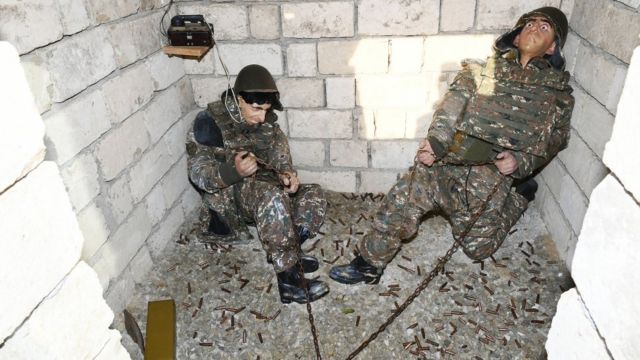
So, the MP of the National Assembly of France, politician of La République En Marche! Alexandra Louis called the opening of the Park "a shame" and said that "the regime, which sees the death of people, first of all, as a victory, will never become a democracy."
A well-known fact should be recalled here. Algerian historian Ali Farid Belkadi studied expositions of leading European museums in 2010-2011. Belkadi discovered 68 skulls of Algerian fighters. In total, the Musee de l'Homme in Trocadéro (France) contains about 18,000 skulls, most of which are hidden from the public eye.
On March 3, 2020, French President Emmanuel Macron agreed to return 24 skulls to Algeria. Among the 24 skulls on display in the museum for over 150 years are the skulls of Sheikh Bouzian, who led the resistance during the siege of Zaatcha and Muhammad Al-Amjad bin Abd Almalik, known as Sherif Boubaghla.
The museum currently has 12 skulls of Algerian resistance fighters who fought against French colonialism. Their heads were transported to France as "spoils of war" and were kept in the exposition of the Musee de l'Homme - the Museum of Anthropology in Paris.
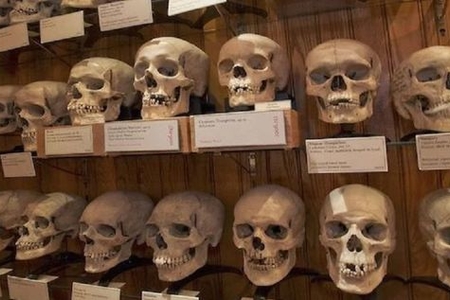
The Musee de l’Homme alone contains 18,000 skulls. Moreover, according to sources, these are mainly military trophies. Collections of skulls are kept in museums in other European countries as well.
Germany also has a similar collection, collected by the Prussian Cultural Heritage Foundation, which contains more than 1,000 human skulls brought from Africa. In addition, in 1881-1914, the remains (in particular, the skulls) of thousands of Africans were brought to Europe as war trophies. The European colonial powers - France, Belgium, Spain, Italy, England and Portugal - did this solely to demonstrate their military superiority over African states and forcibly subjugate the African people.
As for the Armenians, after the first Karabakh war they brought to Armenia everything that they considered a symbol of their "victory" - weapons, cars, stolen museum exhibits, jewelry, taken from Azerbaijani female hostages or taken from the dead, household utensils and even pots.
But since the time of the Andranik and Garegin, Armenia considered most valuable trophies in the form of parts of the enemy's body - severed fingers, ears, gouged out eyes.

In social networks, a Russian resident of Yerevan once wrote about her neighbor, who returned from the war with "trophies" - dried ears strung on a thread. He was very proud of this terrible "toy", he went everywhere with it, the cut off ears of the enemy on a thread created an aura of respect and admiration around him. The woman was so horrified by this that she left Armenia and never returned there again.
Considering that the War Trophy Park in Baku has no exhibits testifying to self-mutilation, there are no skulls and scalps of killed enemies, as in museums in Europe, and the mannequins are just as unattractive as the figures of the fascists in the Victory Museum on Poklonnaya Hill in Moscow, it is safe to make the following conclusion: the accusations against Baku are unfounded and biased.
